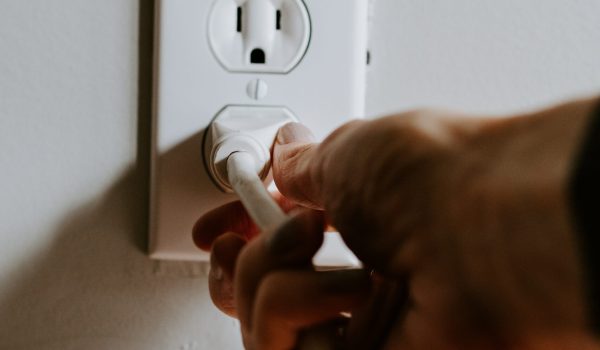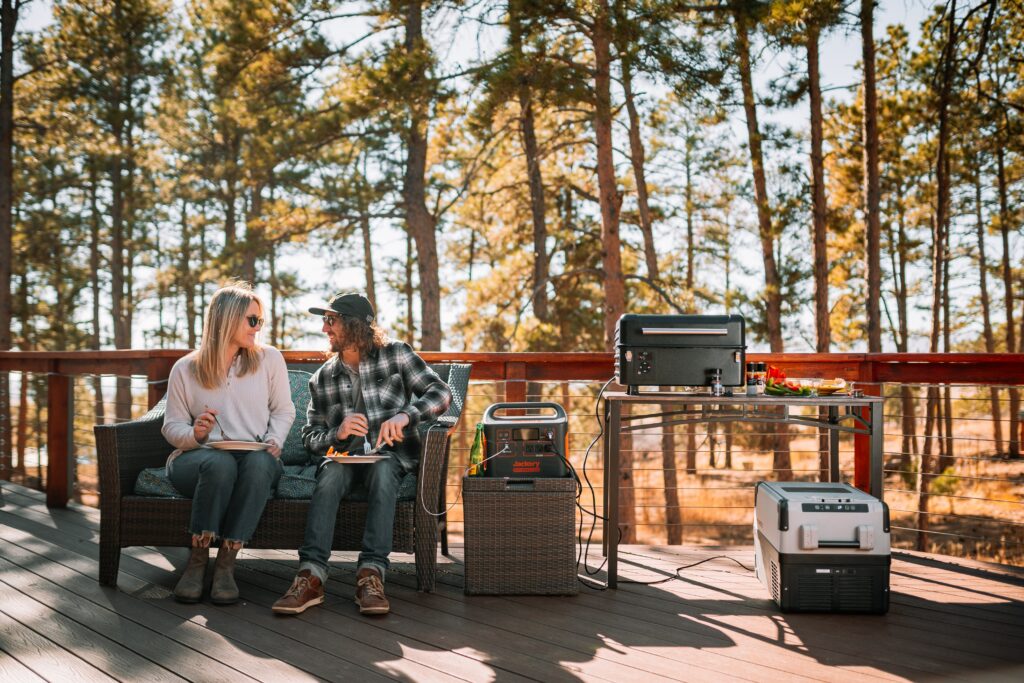How to Protect Your Electronics During Loadshedding
The people of South Africa are getting used to load shedding, which occurs frequently. While everyone is condemning Eskom for leaving them in the dark or in gridlock for hours at a time, the real cost of load shedding goes well beyond inconvenience and the economy as a whole.
Load shedding will have a negative effect on people’s wallets at home and in workplaces when electrical appliances suddenly cease working for no apparent reason. Suppliers and installers of electrical equipment will also feel the effects, since they may face accusations of selling subpar goods or performing subpar work.
When it comes to electrical and electronic devices, the truth is that load shedding will destroy even the best products on the market, leaving them damaged beyond repair. Major This is not due to the power outage itself, but rather the subsequent surge of current and voltage spikes.
Although turning the power on and off may seem like an easy process, every time the power comes back after load shedding it is because a technician flipped a switch at a substation, putting a surge of almost 11,000 Volts back into the circuit.
Most homes use 230 V for single-phase electricity. So when the power comes back on, all the appliances in that particular suburb experience a surge and voltage spike.
Since South Africans who rely on electricity from Eskom have little control over the situation, the only option is to safeguard electrical equipment. Although taking these measures will have an immediate financial impact, it will be a prudent investment in the long run because very few suppliers are prepared to regularly replace equipment that has been destroyed by electrical surges. The guarantee will not pay for repairs caused by an outside force, such as vandalism or power surges. In this article, we show you how to protect your electronics during loadshedding.
You may get the latest updates sent straight to your phone with the EskomSePush app. Keep up with Eskom, City Power in Johannesburg, and the City of Cape Town by following their respective social media accounts. To find out more about the best printers for sale in South Africa, or our affordable copier rentals, get in touch with a consultant today. We also offer SME financing options too.

Disconnect All Appliances Before Load Shedding
Even though there are a million other things you could be doing with that extra 10 minutes before the power is cut off, you should still unplug all of your appliances and equipment.
It’s the least expensive choice that provides full protection against power surges, and it’s also the safest.
Surge Protectors
So, in a world where load shedding is common, surge protectors are a must-have.
Level 3 surge protection occurs at your wall plug sockets. Connect your devices to the surge protectors, and then plug the protectors into an available outlet. Your electronic devices will be safe from any power spikes now.
The best level of security is level 2, which involves skilled installation of safeguards on each individual circuit board.
After a power outage, the incoming voltage might ricochet around the system like the ball in an old pinball machine.
Voltage stabilisers are the best option here, especially for more delicate gadgets. Even if there are oscillations in the power grid due to a blackout, these gadgets will keep your electronics running smoothly and reliably.
Surge protectors will not last forever, so even though they shield your daily-use electronics from damage, you’ll have to replace them at some point.
Uninterruptible Power Supply
When your primary power source goes down, an uninterruptible power supply (UPS) can keep your equipment running. Depending on the capacity of the UPS battery, it may provide power for a few minutes or several hours, giving you time to either save work or shut down the computer safely.
Set up Backup Generators
The most effective way to keep your equipment working during the dreaded load shedding is to install an alternative power supply, such as a generator or inverter, if you have the resources to do so.
However, there is a caveat to everything good in life. If you go this route, be sure to have a licensed electrician do the installation and obtain the appropriate permits and certifications.
You can’t just plug a generator into your wall and call it good; alternative power sources must be installed in accordance with safety regulations and connected to your power source in the proper manner.

Install Power Strips With Surge Protectors
Plugging appliances into a power strip with a built-in surge protection is the fastest and cheapest way to keep them safe. Typically, these power strips will have a fuse that will blow during a voltage surge, stopping power to your electronics and protecting them. You should consult a licensed electrician before settling on a particular power strip because there are several to choose from.
Be Sure to Review Your Insurance Plan
Make sure you know the limits of your home insurance in the event of damage to your devices from power surges, especially for more expensive items like laptops. This way, if disaster strikes, you can file a claim and get new assets. If your coverage prohibits this, you should consider purchasing additional insurance.
We recommend you check out our guide to creating a loadshedding-free office, if you liked this article. Contact us for more information.
